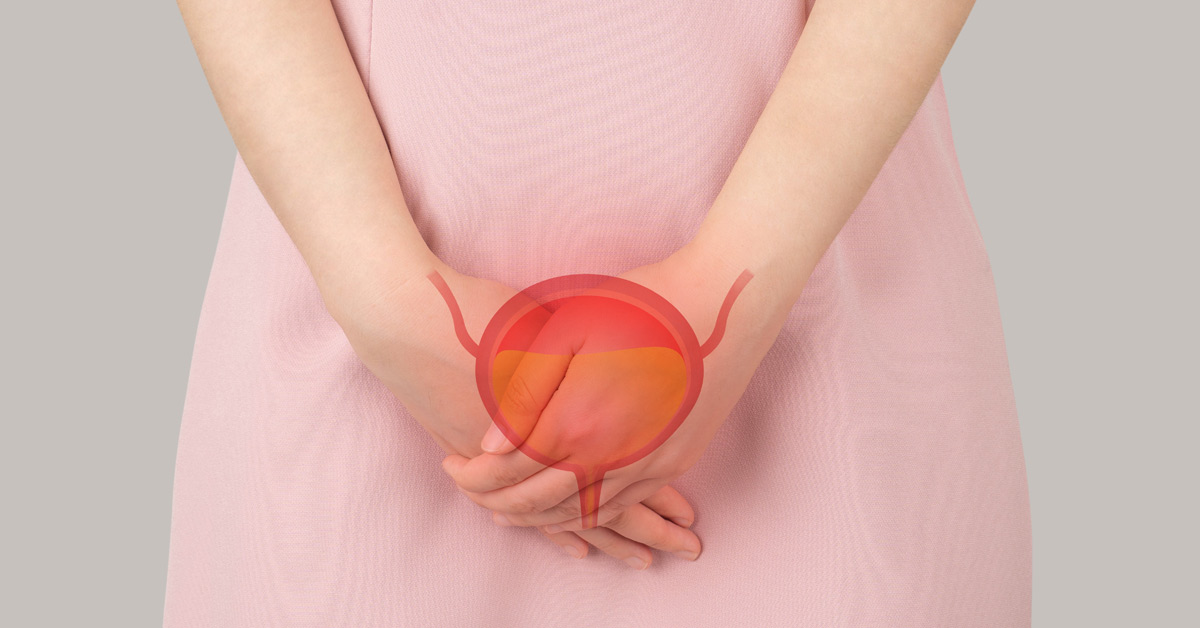The presence of blood in urine, known as hematuria, can occur for several reasons. It may be visible to the naked eye (gross hematuria) or only detectable under a microscope (microscopic hematuria). Here are some common causes:
1. Urinary Tract Infections (UTIs)
- Infections in the bladder, urethra, or kidneys can irritate urinary tract tissues and cause bleeding.
- Symptoms: Frequent urination, burning sensation, and urgency.
2. Kidney Stones
- Stones in the kidneys or urinary tract can cause irritation, leading to blood in the urine.
- Symptoms: Severe pain in the back or side, nausea, and cloudy urine.
3. Bladder or Kidney Infections
- Also called cystitis or pyelonephritis, these infections can lead to inflammation and bleeding.
- Symptoms: Fever, chills, and back pain (in kidney infections).
4. Trauma or Injury
- Physical trauma to the kidneys or bladder (e.g., accidents, sports injuries) can cause bleeding into the urine.
5. Strenuous Exercise
- Intense physical activity can sometimes lead to temporary hematuria, often referred to as “runner’s hematuria.”
6. Kidney Disease
- Conditions like glomerulonephritis (inflammation of kidney filters) can cause microscopic or visible blood in the urine.
7. Enlarged Prostate (in men)
- Benign prostatic hyperplasia (BPH) or prostate infections can compress the urethra and lead to hematuria.
8. Cancer
- Tumors in the bladder, kidneys, or prostate can cause bleeding into the urinary tract.
9. Blood Clotting Disorders or Medications
- Blood-thinning medications like aspirin, warfarin, or certain anticoagulants may lead to bleeding.
10. Inherited Disorders
- Conditions like polycystic kidney disease or Alport syndrome can lead to blood in the urine.
11. Urinary Tract Obstructions
- Blockages in the urinary tract, such as strictures or tumors, can result in bleeding.
When to See a Doctor:
- Seek immediate medical attention if hematuria is accompanied by:
- Severe pain in the side or back.
- Fever or chills.
- Difficulty urinating or passing clots.
A doctor may recommend tests like a urinalysis, imaging studies (e.g., ultrasound or CT scan), or a cystoscopy to determine the cause.




